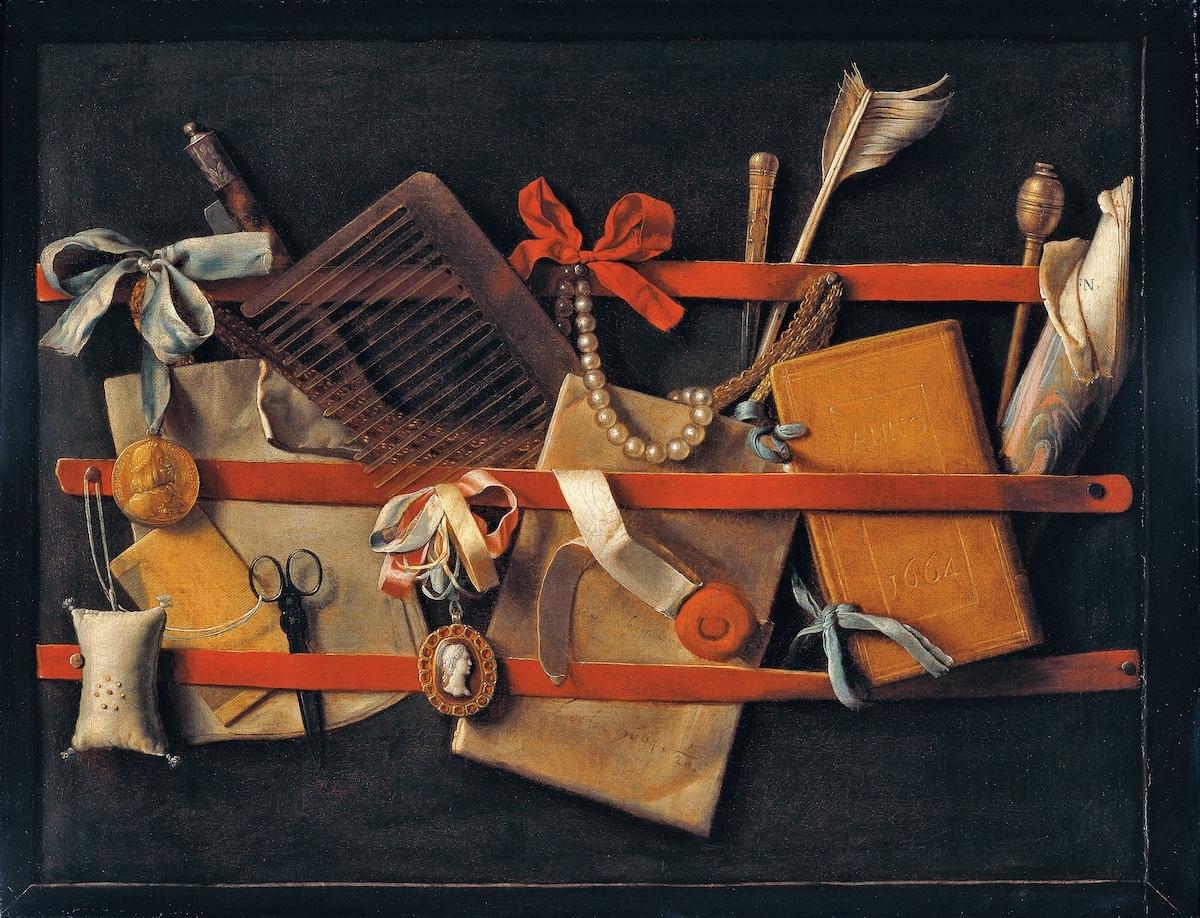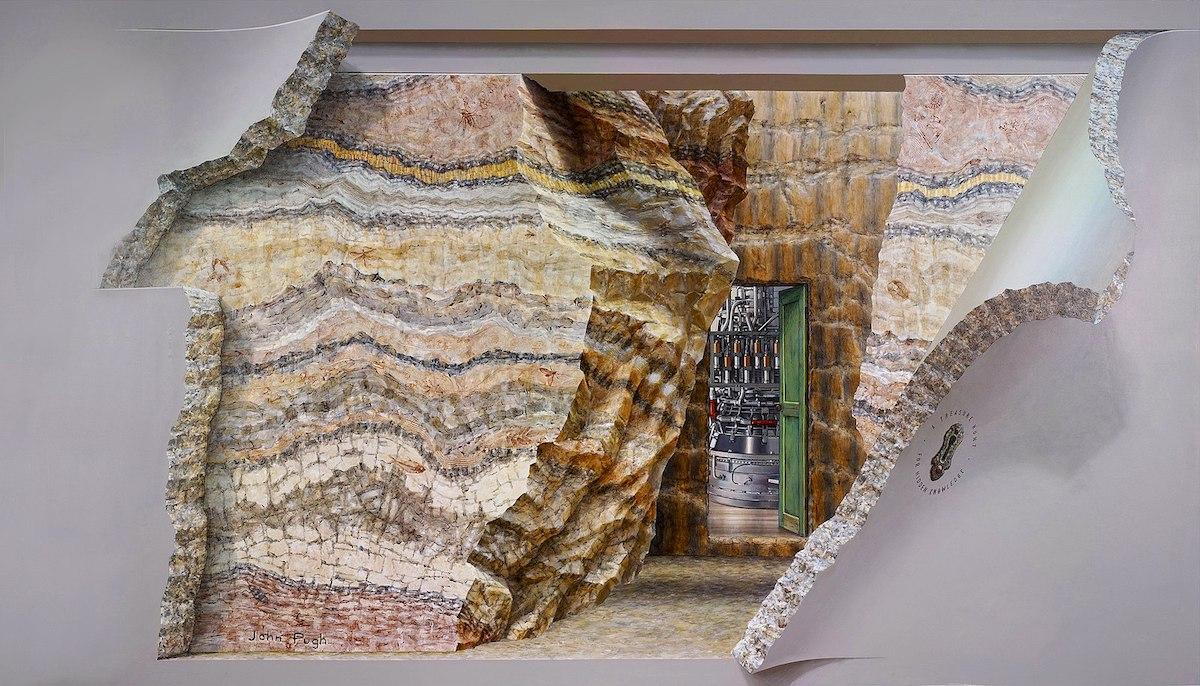In its earliest forms, trompe l’oeil held quite the appeal to the ancient Greeks who had only familiarized themselves with two-dimensional styles of painting. As time went on, fifteenth-century Italian painters would apply a specific category of trompe l’oeil to ceilings, naming it “di sotto in sù.” The favorable dome ceiling functioned as a canvas for trompe l’oeil. It became traditional in the Renaissance and Baroque eras as apropos of perspective-based techniques such as foreshortening.
Old masters, such as Samuel Dirksz van Hoogstraten, would utilize trompe l’oeil to create still-life works that resemble modern photographs. Throughout the sixteenth to the twentieth century, it became customary to apply trompe l’oeil to drawings of arbitrary, inanimate objects. John Frederick Peto, William Michael Harnett, and Salvador Dalí sit among many nineteenth and twentieth-century artists who produced the most within the trompe l’oeil genre.


























![DEl Kathryn Barton [Australian b. 1972] the more than human love , 2025 Acrylic on French linen 78 3/4 x 137 3/4 inches 200 x 350 cm Framed dimensions: 79 7/8 x 139 inches 203 x 353 cm](/sites/default/files/styles/image_5_column/public/ab15211bartonthe-more-human-lovelg.jpg?itok=wW_Qrve3)



